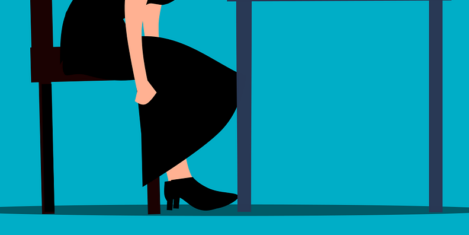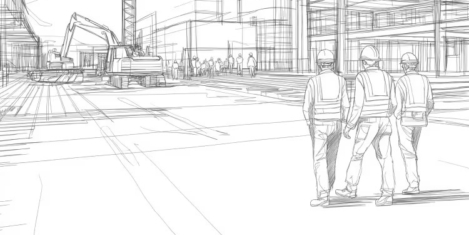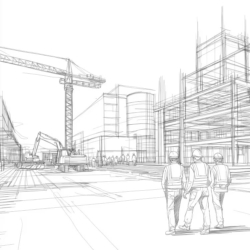November 5, 2025
HR leaders don’t really get why people are worried about the changing workplace
 A quarter of UK employees have considered leaving their jobs because of the constant pace of change in the workplace, according to new research commissioned by Investors in People. The nationally representative survey, conducted by Censuswide, found that nearly 20 percent of workers feel worn down by the volume of organisational change. More than a third said they can cope but find it increasingly exhausting. The findings form part of Investors in People’s latest white paper, Finding the Frequency [registration], which explores how British organisations can manage change more effectively and build resilience among employees. (more…)
A quarter of UK employees have considered leaving their jobs because of the constant pace of change in the workplace, according to new research commissioned by Investors in People. The nationally representative survey, conducted by Censuswide, found that nearly 20 percent of workers feel worn down by the volume of organisational change. More than a third said they can cope but find it increasingly exhausting. The findings form part of Investors in People’s latest white paper, Finding the Frequency [registration], which explores how British organisations can manage change more effectively and build resilience among employees. (more…)

































October 23, 2025
There’s a simpler, more natural and diverse approach we can take to workplace design
by Peter Fisher • Comment, Workplace design